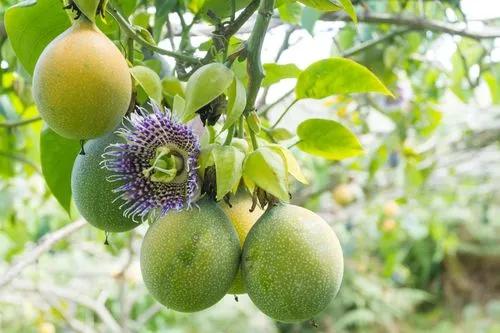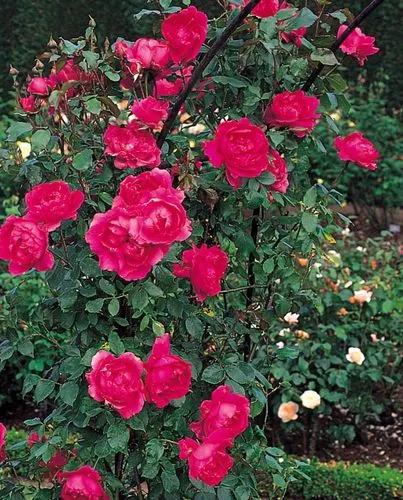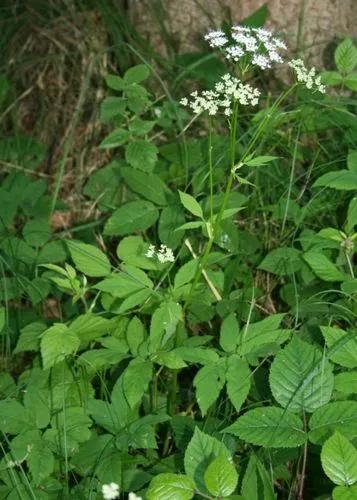The flowers are usually collected in racemes or spike-shaped inflorescences, rarely single flowers (venus slipper, cattleya). The flowers are three-membered, with a double perianth. The sepals are the same, and of the three petals, the middle (morphologically upper) is very different from the others, forming a lip. The lip often has a long outgrowth back, filled with nectar — - a spur. Since the most convenient position for pollination is """"lip down"""", in terrestrial orchids, the flower twists (resupination)during development. Epiphytic orchids with overhanging inflorescences do not require resupination. Almost from all known flowering plants, representatives of the family differ in the fusion of filaments of stamens, which can be one, two or very rarely three, with a column of ginecea in the so-called column, or gynostemia, — such a specific formation is found, in addition to orchids, only in representatives of the family It is characterized by a significant reduction of androcea; the fusion of pollen grains in the
Orchid Care
Orquidias



How to Care for the Plant

Water

During the growing season, water daily or every other day. Be careful, though, because drainage is an absolute priority. The potting media must be perfectly free draining. The plants can also be grown on slabs or in baskets. Because oncidiums have large, fleshy pseudobulbs and masses of roots, they are prone to rot.1

Pruning

According to orchid experts, you should definitely not remove the roots. There's a good chance you'll harm the plant or introduce a dangerous virus. Trim an orchid root or stem only if it's dry and you're certain it's dead, but work carefully to avoid cutting too deep and harming the plant.

Fertilizer

During the growing season, feed with a weak orchid fertilizer bimonthly or scatter slow-release pellets in the growing media at the beginning of the season. Although there are many species, in general, the larger the plant, the more heavily it will feed.

Sunlight

Orchids like a lot of light, but they do not like direct sunlight. Using artificial lighting for orchids gives you the advantage of being able to control the light better

Soil

Depending on the type of orchid, they can be happy growing in peat moss, fir bark, dried fern roots, sphagnum moss, rock wool, perlite, cork nuggets, stones, coconut fiber, lava rock or a blend that combines several of these materials. Some epiphytic orchids can also be wired onto slabs of tree fern or cork.

Temperature

Orchids prefer daytime temperatures of 75 °F or more and nighttime temperatures of 65 °F or more. In winter time, this is not always practical to achieve temperatures quite this warm; however, efforts need to be made to not allow blooming orchids to be exposed to temperatures significantly colder than this.

Additional

Most varieties of orchids are not poisonous, and the phalaenopsis variety of orchids has been specifically mentioned as safe. Orchids are one of the oldest family of flowering plants. Orchids are the largest family of flowering plants. The smallest orchid is the size of a dime. Orchid flowers are symmetrical. The vanilla bean comes from a species of Orchid. Orchids take about 5-7 years to bloom once germinated.

Popularity

9,681 people already have this plant 1,021 people have added this plant to their wishlists
Discover more plants with the list below
Related articles






